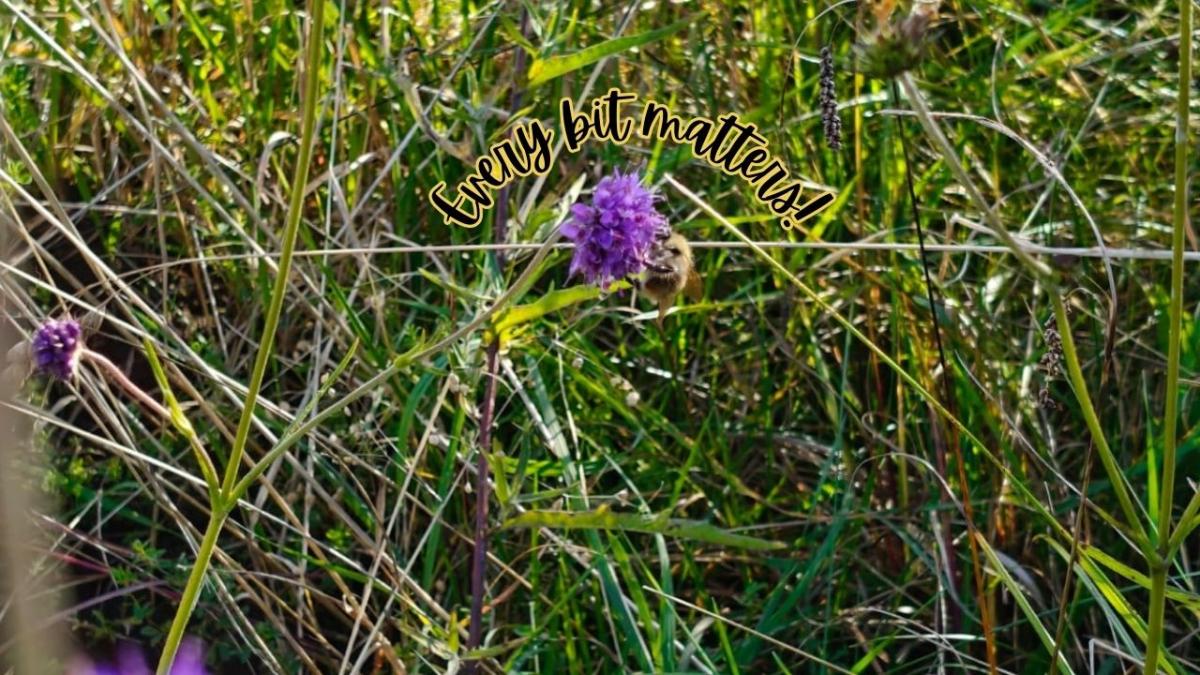



Over 50% of the world’s total population currently lives in urban areas such as cities, towns, and other urban agglomerations. It is estimated that Urban land cover will be tripled in 2030 as compared to the year 2000 (source: PNAS) (just 7 more years!)
With this massive rural to urban transformation taking place, one would expect the pros of living in an urban area to outweigh the cons in all aspects but with the current practices and statistics; that is far from true. This is especially the case in terms of the urban environment and ecosystem.
As climate change grips the planet, cases of heatwaves, droughts, acid rain and floods become more common.
Do you know what would be a good defense against these natural calamities? NATURE! Yes, nature can offer solutions to these problems. We need to work with nature, not against it. It’s time we rewire our thinking and rewild our urban spaces.
Nature is made to carry out processes that recover and bring stability to the environment. Urban rewilding allows these natural processes to be back as a key priority and help mitigate the negative effects of climate change, restore ecosystems & biodiversity and at the same time make the environment self- regulating so that little-to-no human intervention is required.
If you have a homogenous environment – everything is the same, then everything will be affected the same way due to climate change and there will be an instant downfall. But, if you have diversity in the environment, then not everything will be affected at once, there may be a small setback but the ecosystem can quickly spring up again. Biodiversity increases the resilience of an ecosystem towards climate change.
“Rewilding has multiple meanings. These usually share a long-term aim of maintaining, or increasing, biodiversity, while reducing the impact of present and past human interventions through the restoration of species and ecological processes (Source : Lorimer, J., Sandom, C., Jepson, P., Doughty, C., Barua, M., & Kirby, K. J. (2015). Rewilding: science, practice, and politics.?Annual Review of Environment and Resources,?40, 39-62. )
Re-introduction of wolves (keystone species) in the Yellowstone National Park in USA is an example of the interconnectedness of organisms in an ecosystem and the great impact of rewilding. Introduction of the predator species- wolves (that had earlier been eradicated due to human activities) lead to decrease in the over-grown deer population, at the same time, an increase in vegetation such as grass and trees. This led to an increase in the insect and bird species and also brought back another keystone species to the National Park- the beavers. The beavers’ activity in turn changed the flow of rivers, benefitting the ecosystem.
The same way, Rewilding in an urban areas can also bring about a major impact. Rewilding initiatives include but are not limited to, adding vegetation or green cover as it cools the environment, increasing the number and diversity of water bodies, designing eco-friendly buildings, creation of wildlife corridors, incorporating parks and gardens in city planning, etc… Let’s make our cities wilder!
To read about Rewilding In depth click : _________________